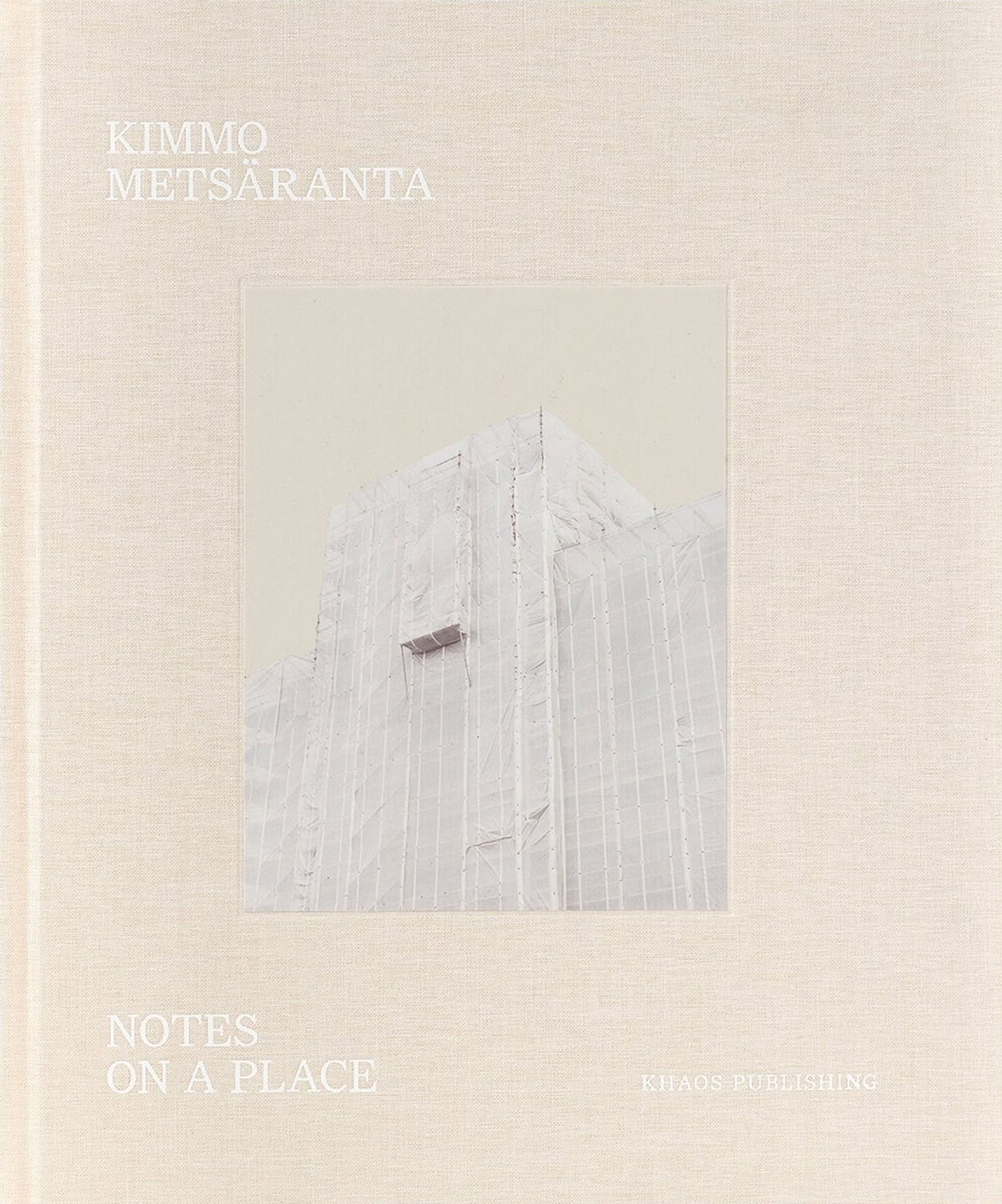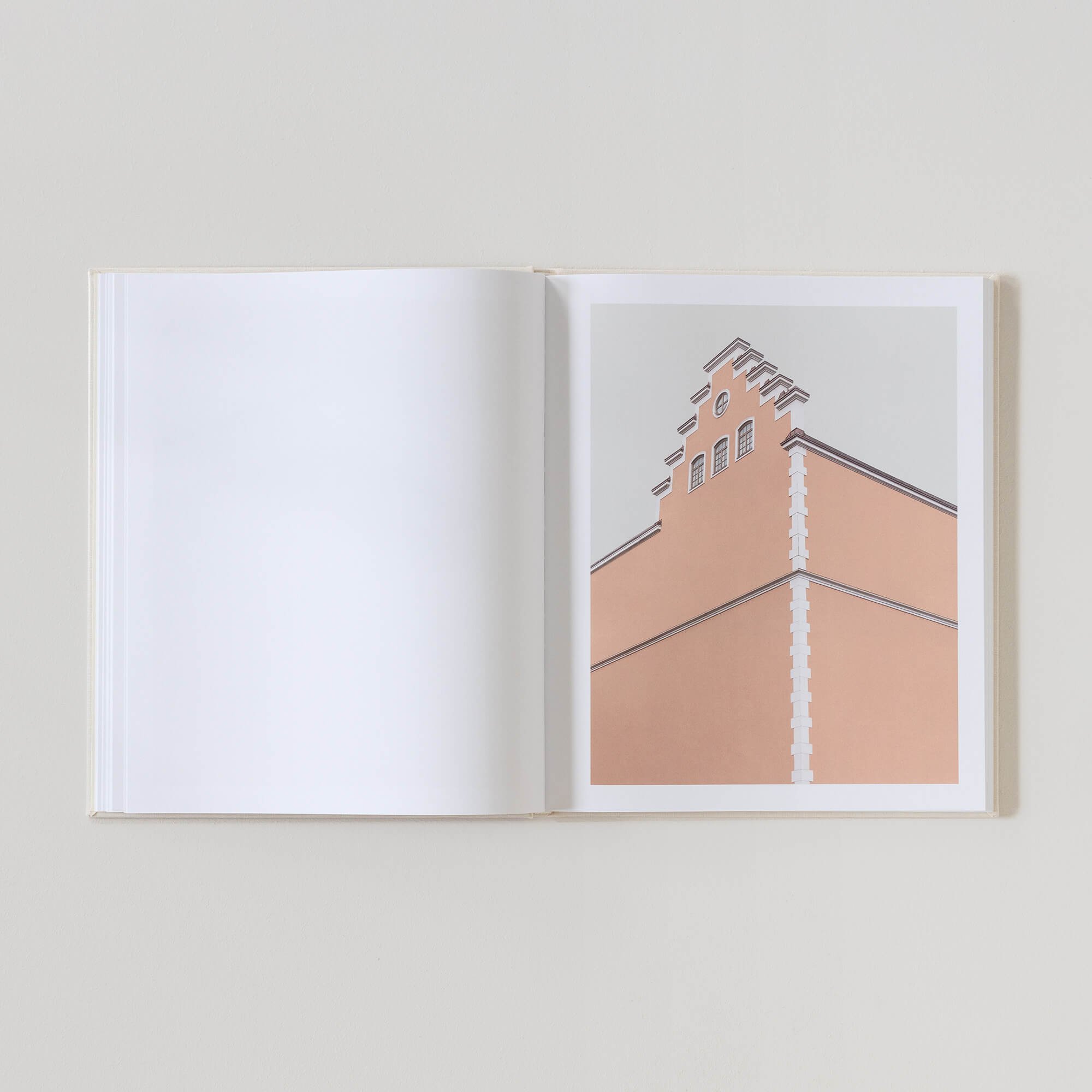Teokset
Kirjoituksia
Valokuvataide
Minusta
hanna.weselius@aalto.fi
+358 50 511 3243
© 2024 Hanna Weselius | Studio Kiss

Notes on a Place
Khaos Publishing 2023
Photography: Kimmo Metsäranta
Epilogue: Hanna Weselius
English translation: Minna Jeffery
Book design: Janne Hänninen, Agency Leroy
I recall Louis Daguerre’s Vue du Boulevard du Temple,
shot from a high window in about 1838. I remember that I noted the picture’s
strange, overriding stillness, even before I fully understood what sort of marks a long exposure can
leave on a photograph, or rather: what it can erase. In Daguerre’s picture, the
Parisian boulevard appears, at first glance, completely empty. How can a big
city be so deserted in the middle of broad daylight?
I later learned that Daguerre’s picture is said to be the world’s first photograph of a human being. If you look closely, you notice that the picture contains two visible figures. One is a gentleman and the other a shoe-shiner. For the duration of the several-minutes-long exposure, the shoe-shiner sat hunched over his customer’s foot, polishing the shoe. Meanwhile the rest of humanity hurried around them in different directions, and there is not a single trace of anyone else left in the picture. Only those two human figures, and some strange spectral shadows and blemishes, the cause of which you cannot quite tell.
In my epilogue for Kimmo Metsäranta’s photobook Notes on a Place, I dream of plants replacing humans in derelict cityscapes and discuss with Emmanuele Coccia, Brian Dillon, and Joanna Zylinska. The text is published both in Finnish and English – my warmest thanks to Minna Jeffery for the beautiful translation.

